Physical Address
304 North Cardinal St.
Dorchester Center, MA 02124
Physical Address
304 North Cardinal St.
Dorchester Center, MA 02124
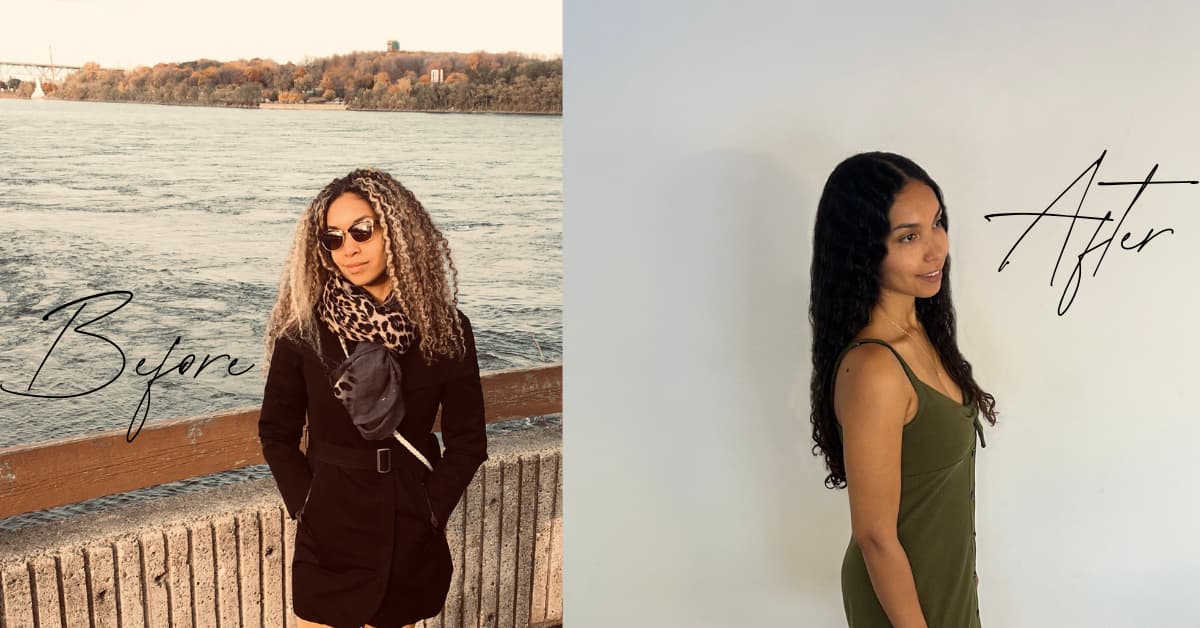
Growing long, healthy hair has always been more than just a beauty goal for me, it’s been a journey, full of trial and error, small victories, and the occasional setback. I remember the countless mornings spent in front of the mirror, wishing for longer hair, trying different products, and following every new trend that promised miraculous growth. For years, I was stuck in a cycle of frustration, until I began to understand that true hair growth isn’t just about what you do, but also about what you don’t do.
Like many of you, I’m a busy woman juggling multiple roles. Between work, family, and social life, finding the time and energy to care for my hair often felt like an afterthought. But through persistence and learning to listen to what my hair needed, I discovered simple, effective strategies that made a world of difference. These tips didn’t just give me longer hair, they gave me healthier, more resilient hair.
In this article, I’m excited to share my personal journey with you, along with the practical tips that have helped me achieve the long, healthy hair I always dreamed of, but I still have a long way to go. My goal is to reach tailbone length, and I’m currently at waist length when my hair is curly. Whether you’re just starting out on your hair growth journey or looking to refine your routine, I hope my experience can offer some valuable insights and encouragement.
This article contains Amazon affiliate links, meaning I may earn a commission if you make a purchase through these links, at no extra cost to you.
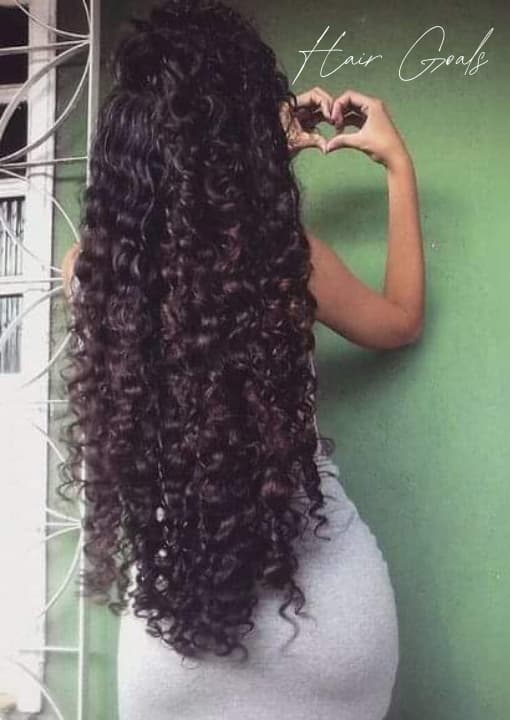
The first tip may seem counterintuitive, especially with all the advice out there that insists on regular trims to promote growth. I used to be a firm believer in this too. Every eight weeks like clockwork, I’d schedule an appointment with my stylist, hoping that trimming off a little would somehow make my hair grow faster. But what I didn’t realize was that I was essentially cutting away the progress I was working so hard to achieve.
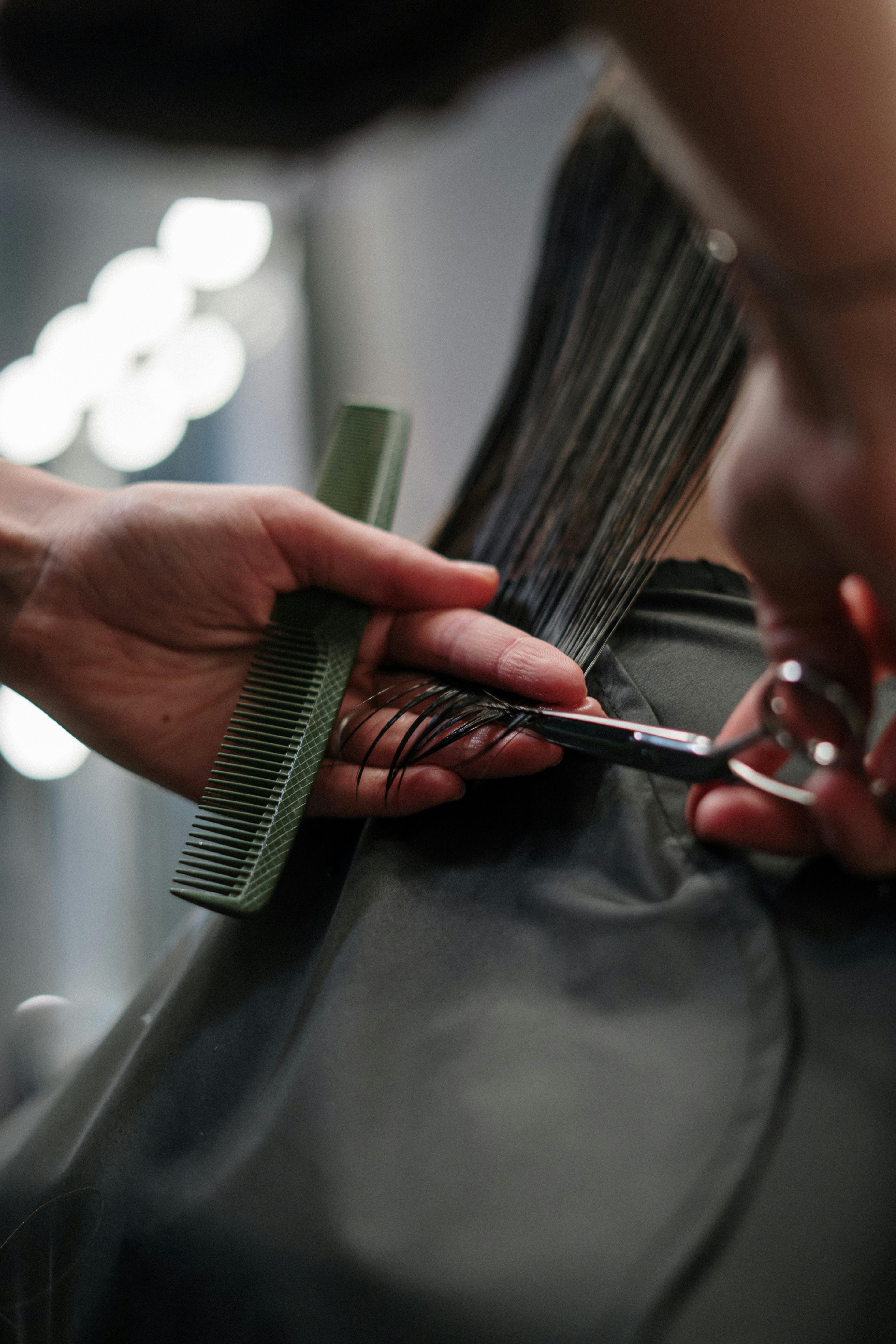
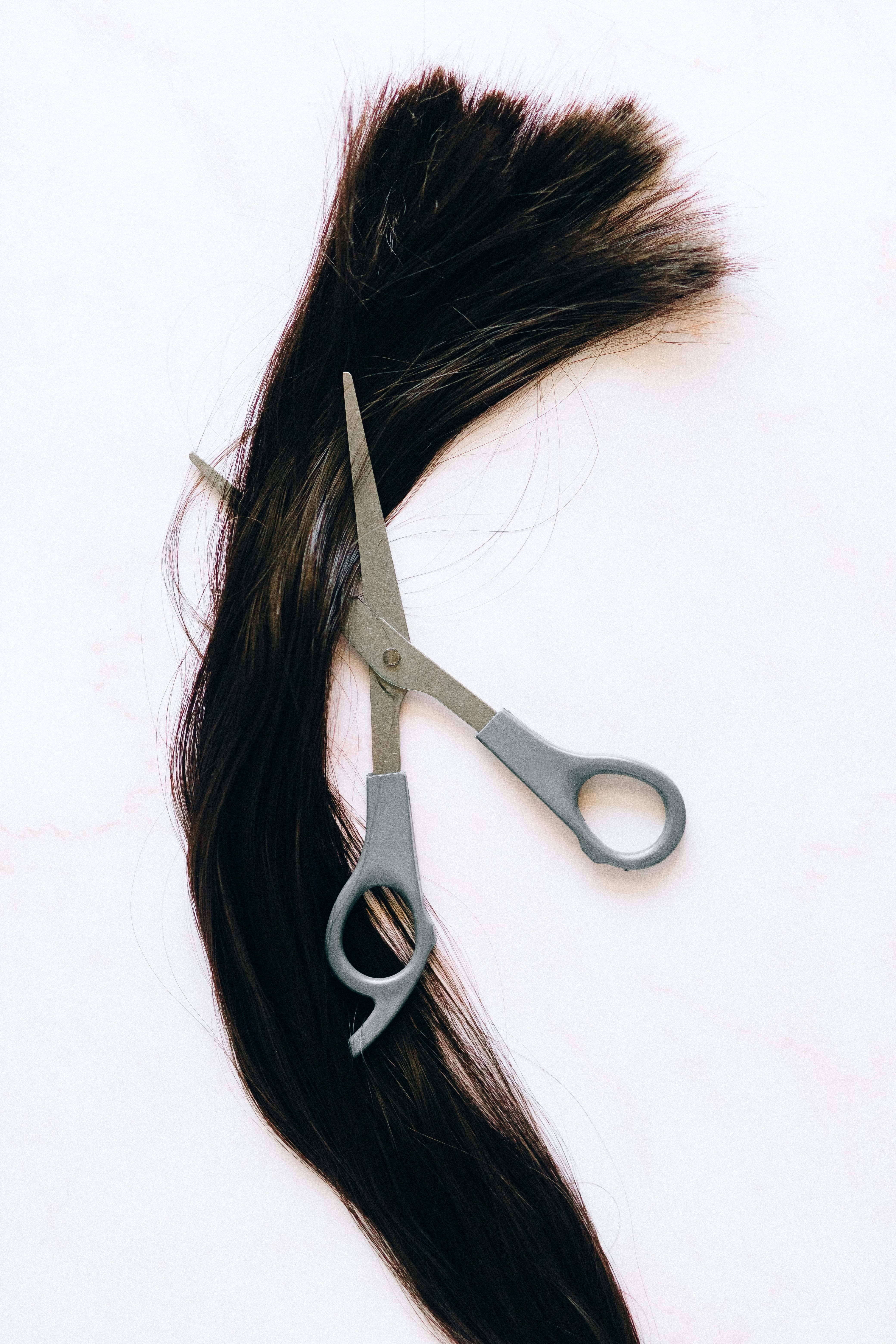
Imagine nurturing a plant, trimming away the new leaves every time they appear would only delay its growth. Hair is similar, the more frequently you trim, the more you delay the length you’re trying to gain. Of course, this doesn’t mean you should never cut your hair, trimming is necessary to remove split ends and keep your hair looking fresh. But what I found effective was spacing out my trims, focusing instead on maintaining the health of my ends between cuts.
When I stopped cutting my hair so often, I started to see the results I was looking for. Instead of feeling like I was perpetually stuck at the same length, my hair began to grow noticeably longer. By addressing the real issue, breakage and damage through proper care, I was able to retain more of my length.
So, before you book that next trim, ask yourself if it’s truly needed, or if your hair could benefit more from a little extra care and protection instead. Sometimes, less is truly more when it comes to achieving long, healthy hair.
If there’s one thing I’ve learned on my journey to long, healthy hair, it’s that moisture is king. Picture this: your hair is like a delicate fabric. If it’s left dry and brittle, it becomes prone to tearing, fraying, and wearing out much faster than it should. That’s where deep conditioning comes in, think of it as the nourishing treatment that restores and rejuvenates your hair, much like a good moisturizer does for your skin.
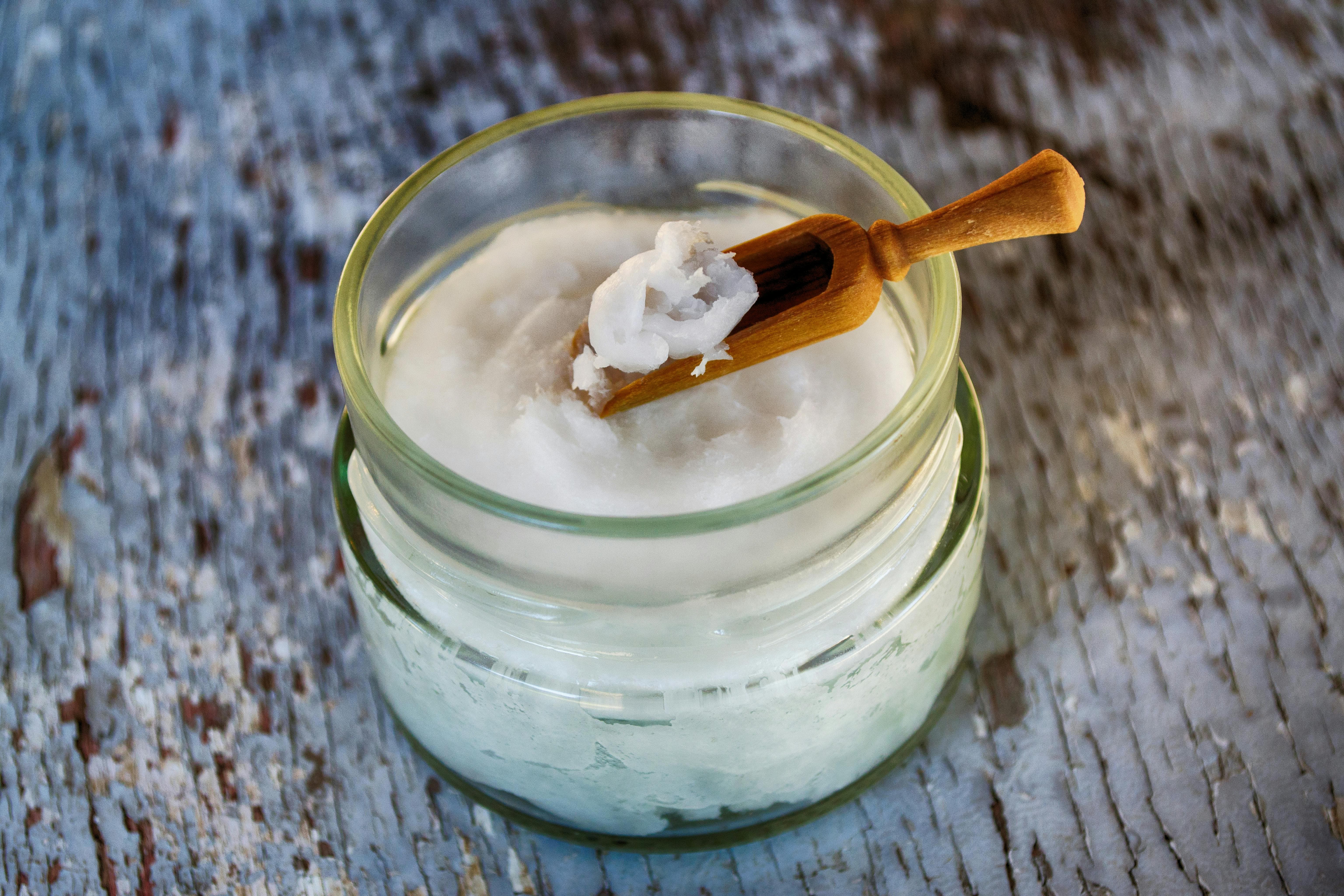
I used to be guilty of skipping deep conditioning, especially during busy weeks when even washing my hair felt like a chore. But over time, I began to notice the toll it was taking. My hair, once soft and manageable, started to feel rough to the touch. Split ends appeared more frequently, and the shine I loved so much seemed to fade. It wasn’t until I committed to deep conditioning once a week that I truly understood the impact it could have.
Deep conditioning is like giving your hair a drink of water, something essential it can’t thrive without. By dedicating just a little time each week to this ritual, I was able to keep my hair hydrated, supple, and much less prone to breakage. The process itself became a moment of self-care, a time to unwind and give my hair the attention it deserved.
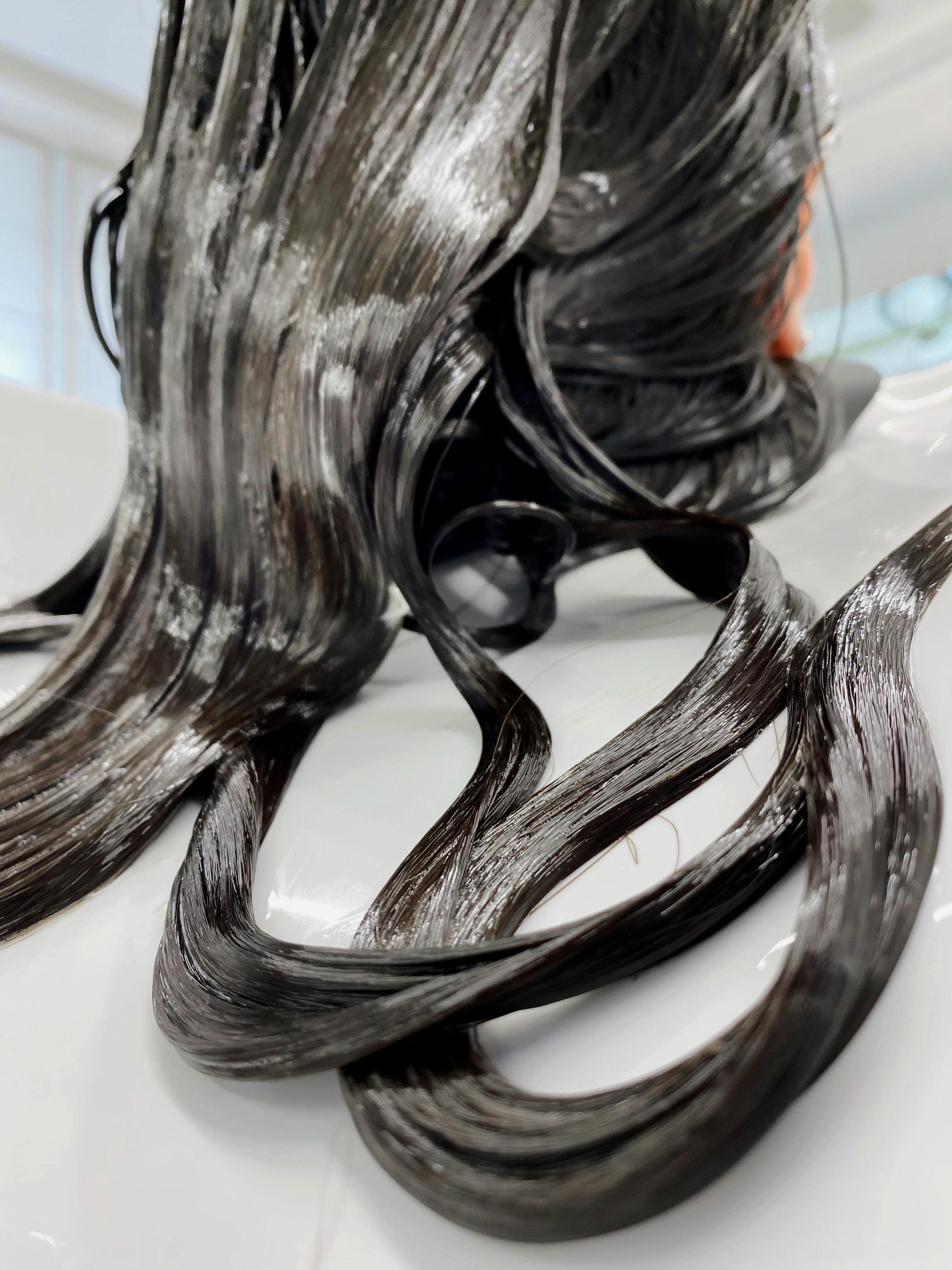

One tip I found especially helpful was to choose a deep conditioner tailored to my hair’s needs at the time. If my hair felt particularly weak or damaged, I’d reach for a protein-rich formula to strengthen it like SheaMoisture Leave-In Conditioner Spray & Hair Mask Set. On weeks when my hair needed an extra boost of moisture, I’d opt for something more hydrating. In this case, I suggest As I Am Double butter Rich Daily Moisturizer. The key was listening to what my hair needed and responding accordingly, which made all the difference in its health and growth.
So, if you’re looking to grow long, healthy hair, don’t underestimate the power of deep conditioning. It’s not just about adding a product to your routine, it’s about constantly feeding your hair the moisture it craves, so it can thrive and reach its full potential.
For years, I struggled with dry, brittle ends that seemed to snap off no matter how careful I was. I’d see strands of hair on my pillow, in the shower, and even on my clothes, and it was disheartening to feel like all my hard work was slipping away.
That’s when I discovered the magic of oiling my ends. It might sound simple, but this small step made a huge difference in my hair’s health and length retention. The idea is straightforward: by sealing in moisture with a nourishing oil, you’re essentially creating a protective barrier that shields your ends from the harsh elements, like the sun, wind, and even the friction of your clothes
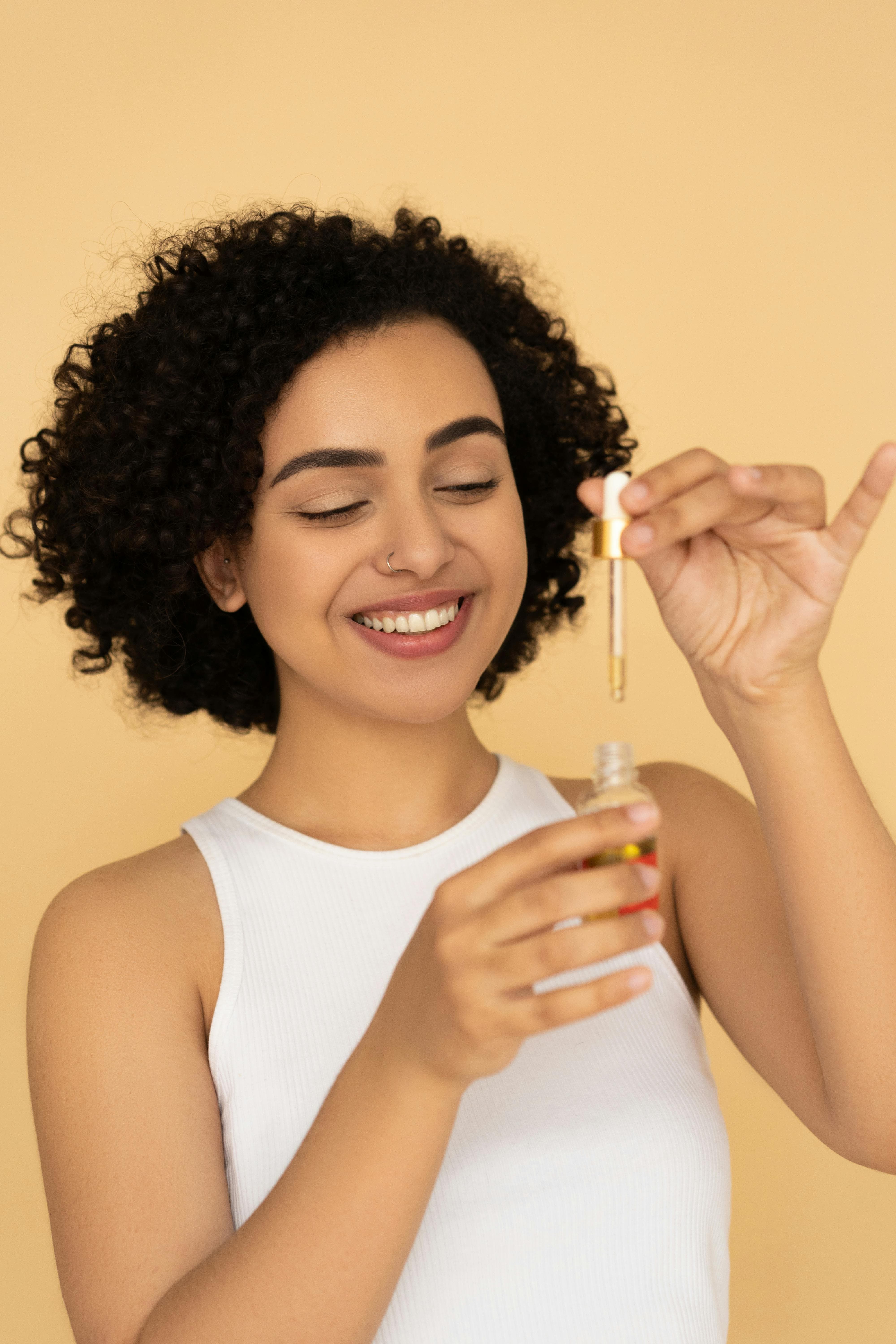
I started with a lightweight oil like argan, which is known for its ability to hydrate and smooth without weighing hair down. I’d take a small amount, warm it between my fingers, and gently work it through the last few inches of my hair. The results were almost immediate. My ends felt softer, looked shinier, and most importantly, stayed intact.
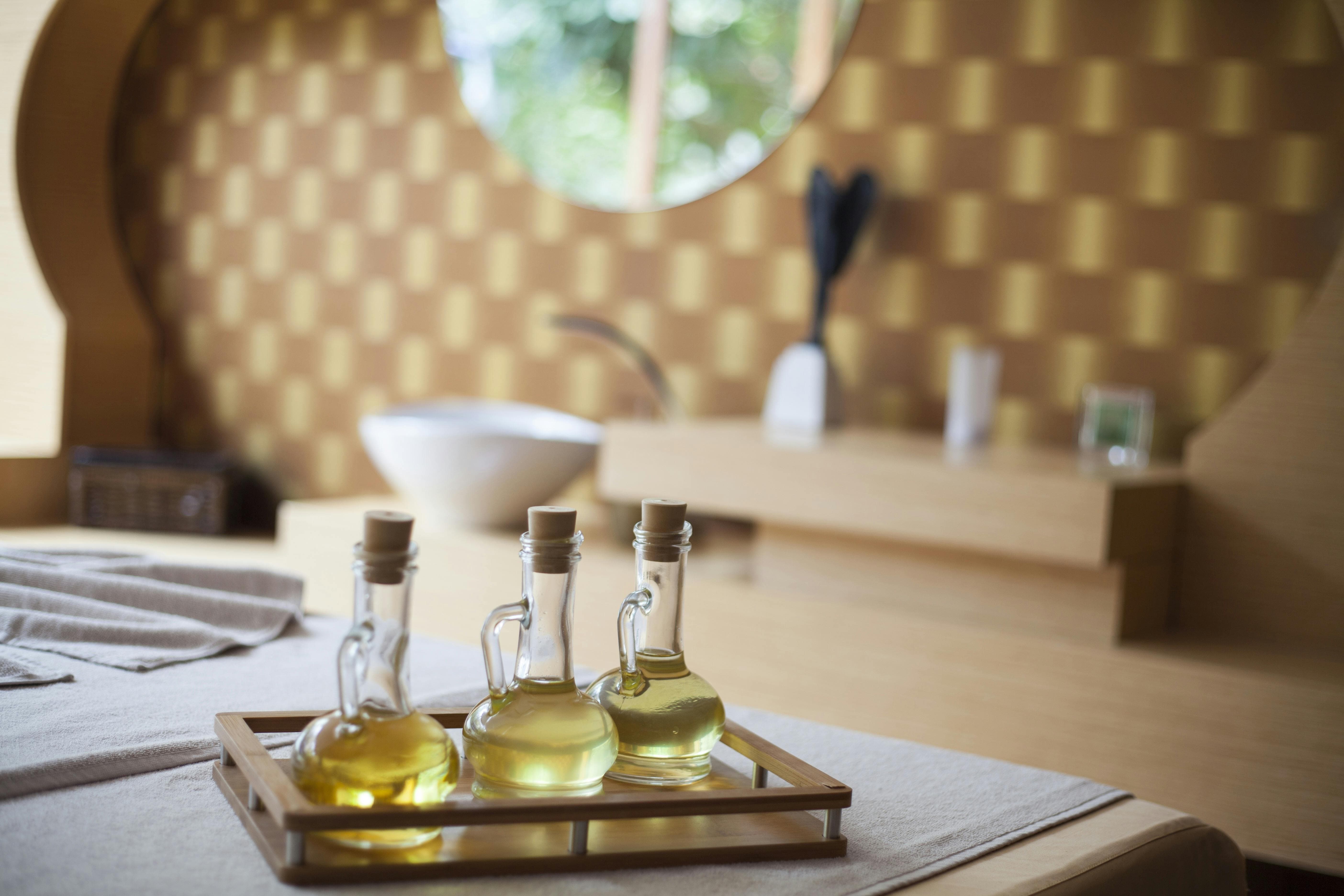
Over time, I experimented with different oils, each bringing its own benefits. Viva Naturals Organic Fractionated Coconut oil became my go-to during the colder months, when my hair needed a bit more nourishment, while Cliganic jojoba oil worked wonders in the summer, keeping my hair light and bouncy. The key was finding what worked best for my hair type and adjusting with the seasons.
Oiling your ends is like giving them a little extra love, a way to say, “I’ve got you covered.” It’s a simple habit, but one that can protect the most vulnerable part of your hair and help you hold onto the length you’ve worked so hard to achieve. So, if you’re noticing that your ends aren’t quite keeping up with the rest of your hair, try adding a bit of oil to your routine. It might just be the secret ingredient your hair has been missing.
For years, I was caught in a cycle of constantly styling my hair, whether it was straightening, curling, or even just the daily brushing. I didn’t realize the toll this was taking on my hair until I noticed that it seemed to be stuck at the same length, no matter how well I cared for it. That’s when I learned about the concept of protective styling, and it completely changed the game for me.
Protective styles, as the name suggests, are hairstyles designed to protect your hair from the wear and tear of everyday life. Think of it as putting your hair in a safe, cozy cocoon where it’s shielded from the elements, manipulation, and damage. Styles like braids, twists, buns, and even wigs allow your hair to rest and grow undisturbed.
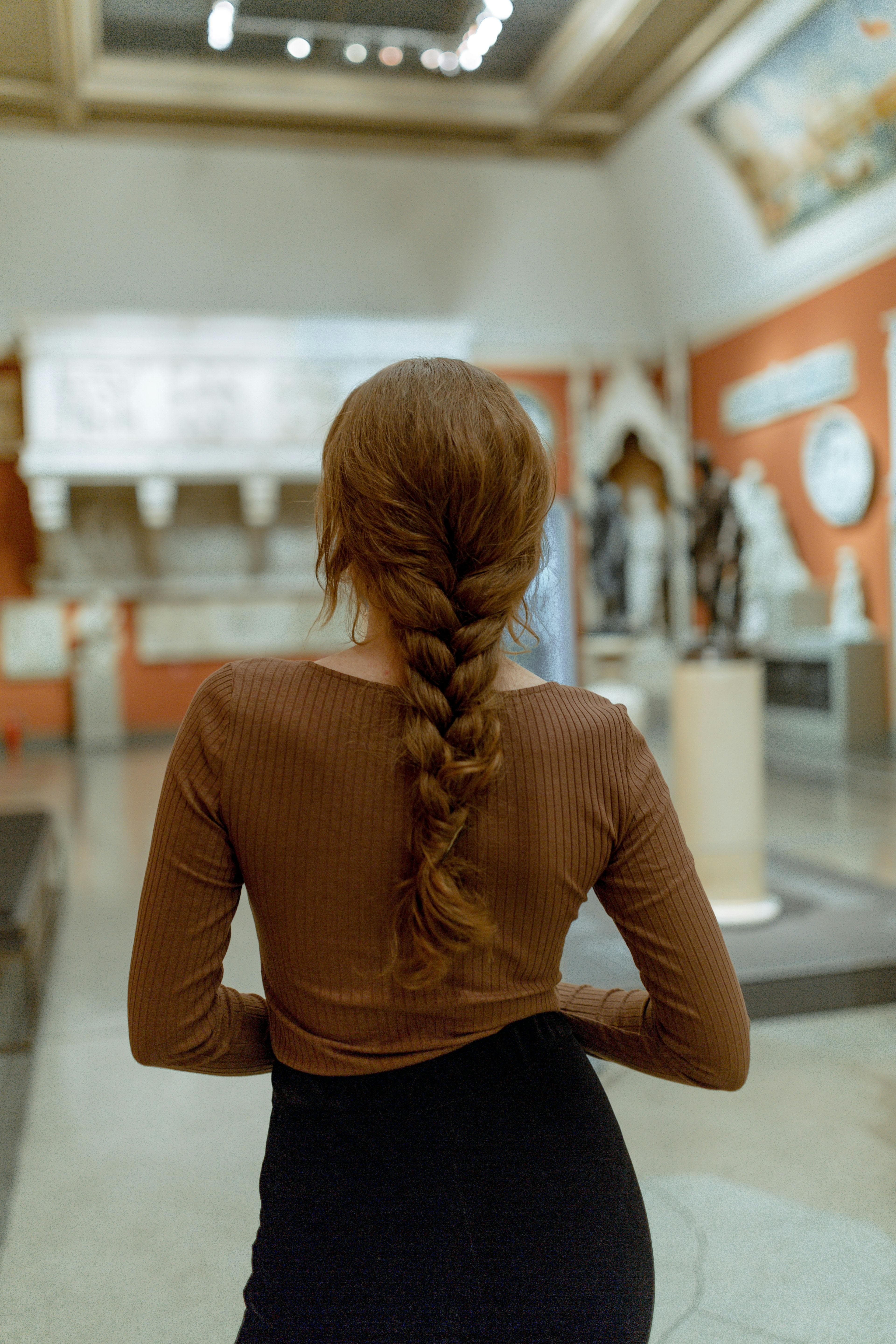
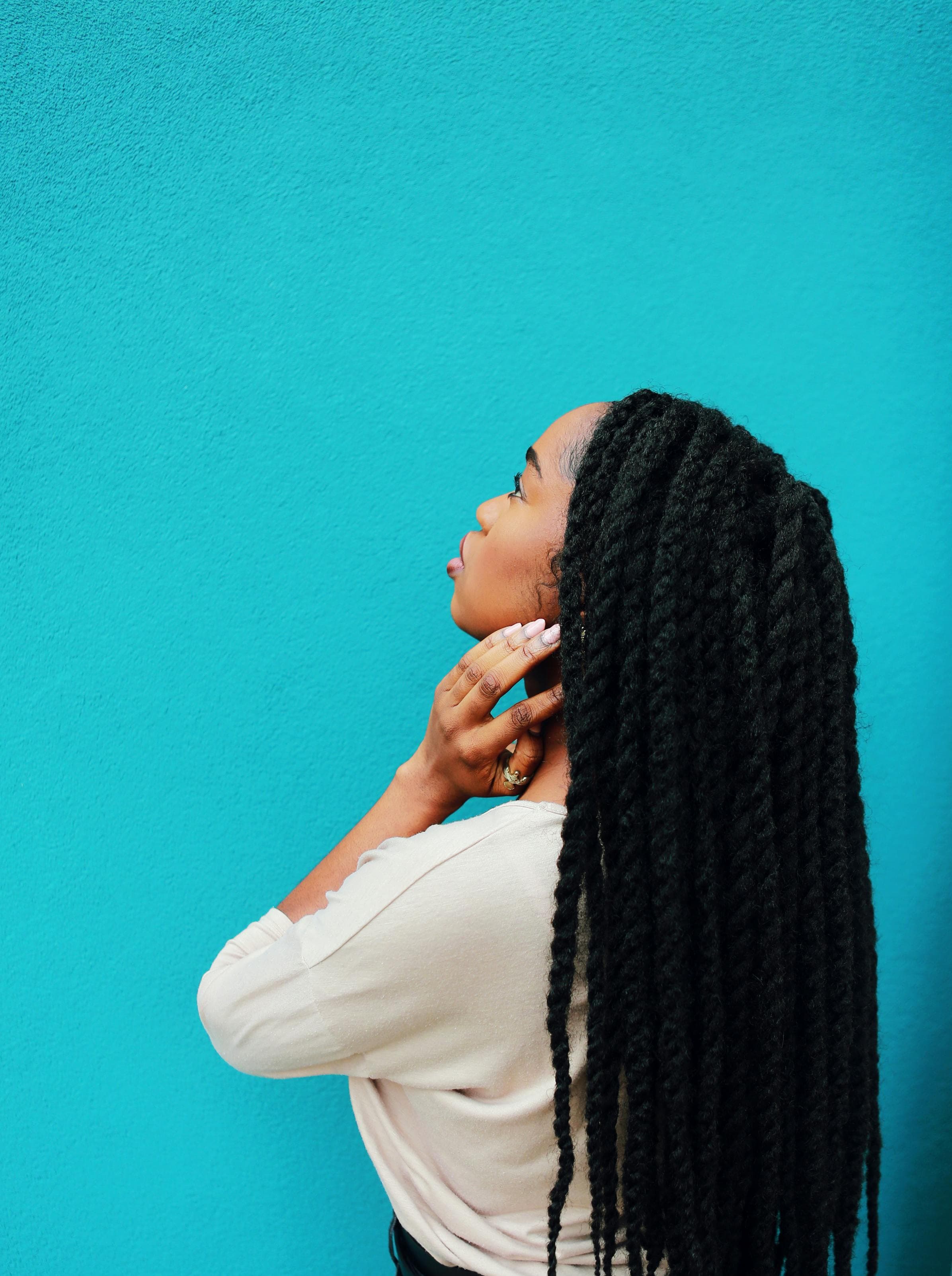
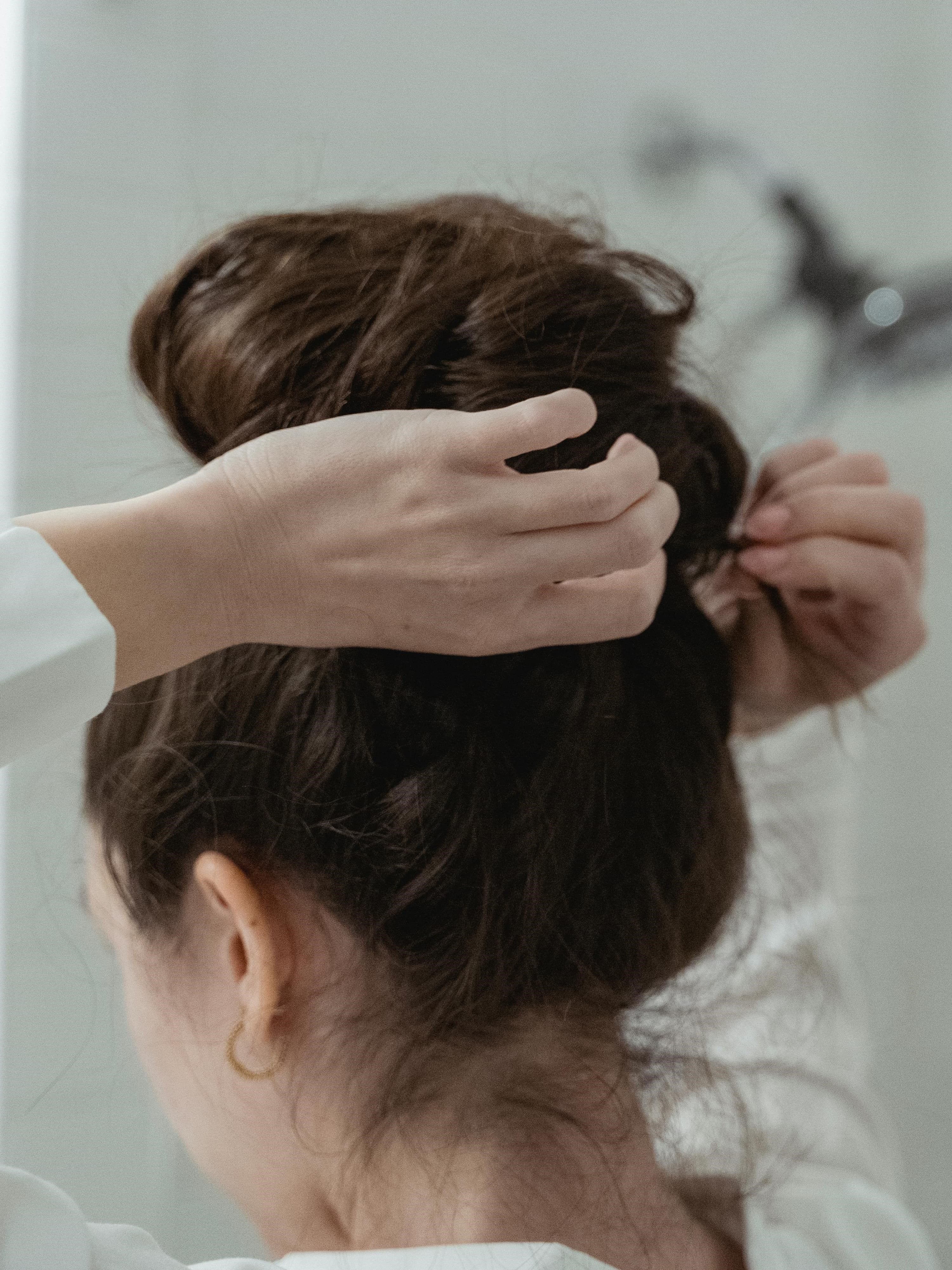
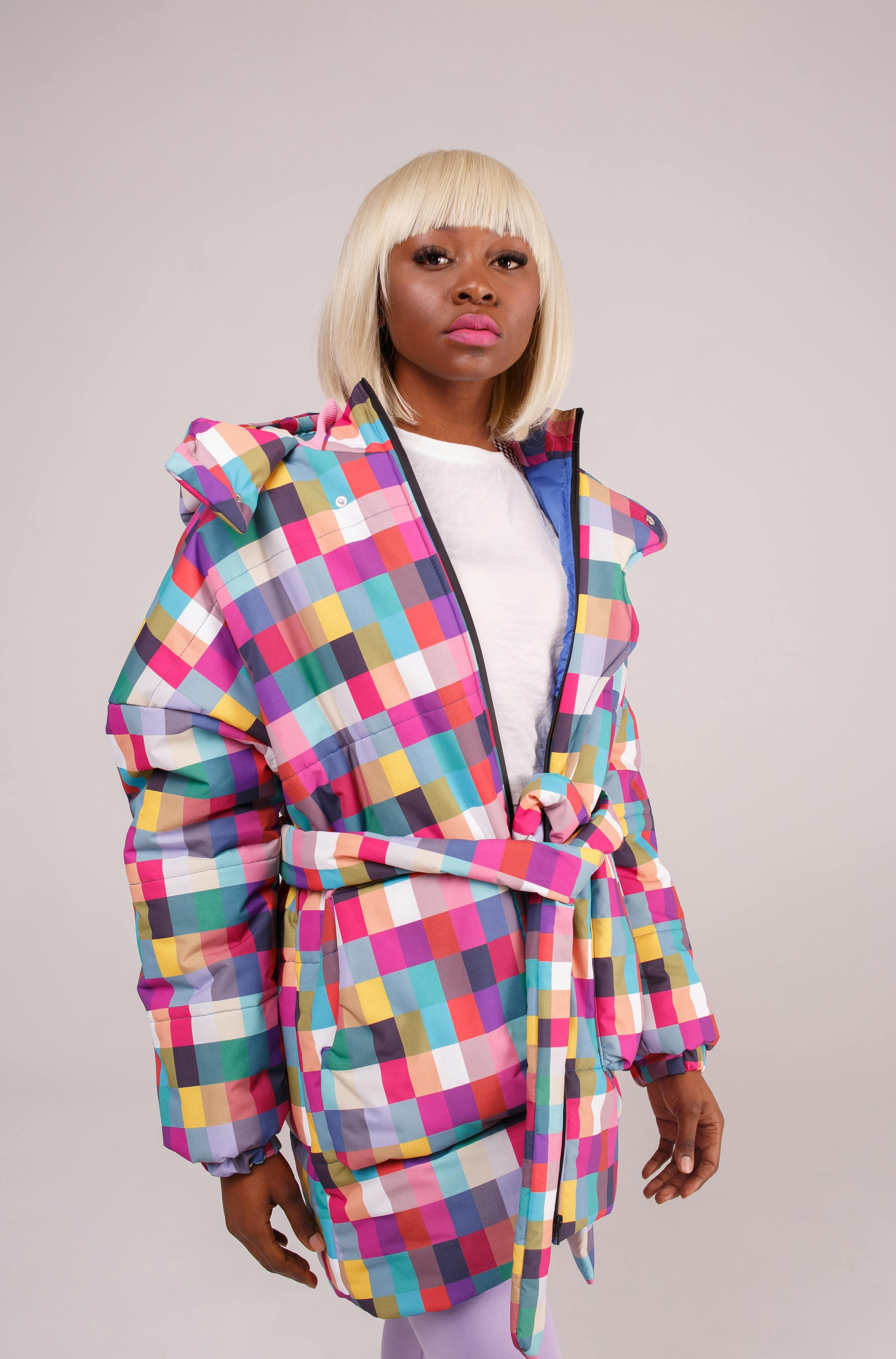
I remember the first time I committed to a protective style, a simple set of box braids. Initially, I was nervous. I’d always loved the freedom of wearing my hair down, feeling it flow around me. But I knew that if I wanted to see real growth, I needed to give my hair a break. The first few days were an adjustment, but as the weeks went by, I began to see the benefits. My hair wasn’t breaking as much, and when I finally took out the braids, I was thrilled to see that my hair had retained much more length than before.

What I found most surprising was how versatile protective styles could be. They didn’t have to be boring or limit my self-expression. I could switch things up with different braid patterns, add some color, or even accessorize with beads and scarves. This kept the styling fun and fresh, while still giving my hair the protection it needed.
The key to successful protective styling is to remember that while your hair may be tucked away, it still needs care. Moisturizing regularly, making sure your scalp stays clean, and avoiding styles that are too tight or heavy are all important steps. Protective styling isn’t just about leaving your hair alone, it’s about giving it a safe space to thrive.
So, if you’re on a journey to long, healthy hair and find that daily styling is causing more harm than good, consider incorporating protective styles into your routine. It’s a strategy that allows your hair to grow in peace, while still letting you enjoy the creative freedom of changing up your look.
There was a time when I didn’t give much thought to what happened to my hair while I slept. I’d go to bed with my hair loose, resting on a cotton pillowcase, completely unaware of the damage being done during those hours. Every morning, I’d wake up to find my hair tangled, frizzy, and drier than the night before. Little did I know, the solution to this problem was as simple as changing what I wore on my head to bed.
Enter the satin or silk bonnet, an unassuming yet powerful tool in my hair care arsenal. Imagine your hair as a delicate flower. During the day, you do everything you can to nourish and protect it, but at night, it’s just as important to keep it safe. The friction between your hair and a cotton pillowcase is like rubbing that flower against rough sandpaper, damaging and breaking the petals. A satin or silk bonnet, on the other hand, creates a smooth, gentle environment that allows your hair to glide without resistance.

I started wearing a satin bonnet and Satin Silk scrunchies a few years ago, and the difference was almost immediate. No more waking up to a bird’s nest of tangles or dealing with broken ends scattered across my pillow. Instead, my hair retained its moisture, stayed smoother, and was much easier to manage in the morning. It was like night and day, literally.
There’s something comforting about slipping on a satin or silk bonnet before bed, knowing that you’re giving your hair the best possible care even while you sleep. And the best part? It’s so easy. Whether you prefer a bonnet, a scarf, a satin scrunchie or even a silk pillowcase, this small change can make a big difference in the health and length of your hair.
For anyone serious about growing long, healthy hair, protecting it at night is non-negotiable. It’s not just about the products you use or the routines you follow during the day, it’s about ensuring that your hair is safe and cared for around the clock. So, if you haven’t already, try adding a satin or silk bonnet to your nighttime routine. It might just be the missing piece in your journey to longer, healthier hair.
Looking back on my journey to long, healthy hair, it’s clear that the road wasn’t always smooth. There were days when I felt like giving up, when the progress seemed too slow, and the setbacks too frequent. But each of the tips I’ve shared, from being mindful about trimming to embracing protective styles, played a crucial role in helping me achieve the hair I’d always dreamed of.
Growing long hair isn’t just about following a set of rules; it’s about understanding what your hair needs and nurturing it with patience and care. Some days, the growth is visible, and other days, it feels like nothing’s happening at all. But with time, the small, consistent actions, whether it’s deep conditioning once a week or protecting your ends with oil, begin to add up, and the results speak for themselves.
What I’ve come to realize is that hair care is as much about self-care as it is about technique. It’s about taking time out of your busy life to focus on something that brings you joy and confidence. It’s about the quiet satisfaction of seeing your hair grow longer and healthier because you made the effort to care for it.
So, if you’re on a similar journey, I encourage you to be patient with yourself and your hair. Celebrate the small victories, like the shine of well-moisturized strands or the way your hair feels after a deep conditioning session. Remember that each step you take brings you closer to your goal, even if the progress isn’t always immediately visible.
In the end, the journey to long, healthy hair is personal and unique to each of us. What works for one person might not work for another, and that’s okay. The key is to find what makes your hair thrive and to stick with it. Trust the process, and in time, you’ll see the growth you’ve been working towards. After all, your hair is a reflection of the care and love you give it, and there’s nothing more beautiful than that.